Forget LN2, we overclocked AMD's Ryzen 3 3100 using just the stock air-cooler
Outperform the Ryzen 3 3300X by overclocking the 3100 using the Wraith Stealth cooler.
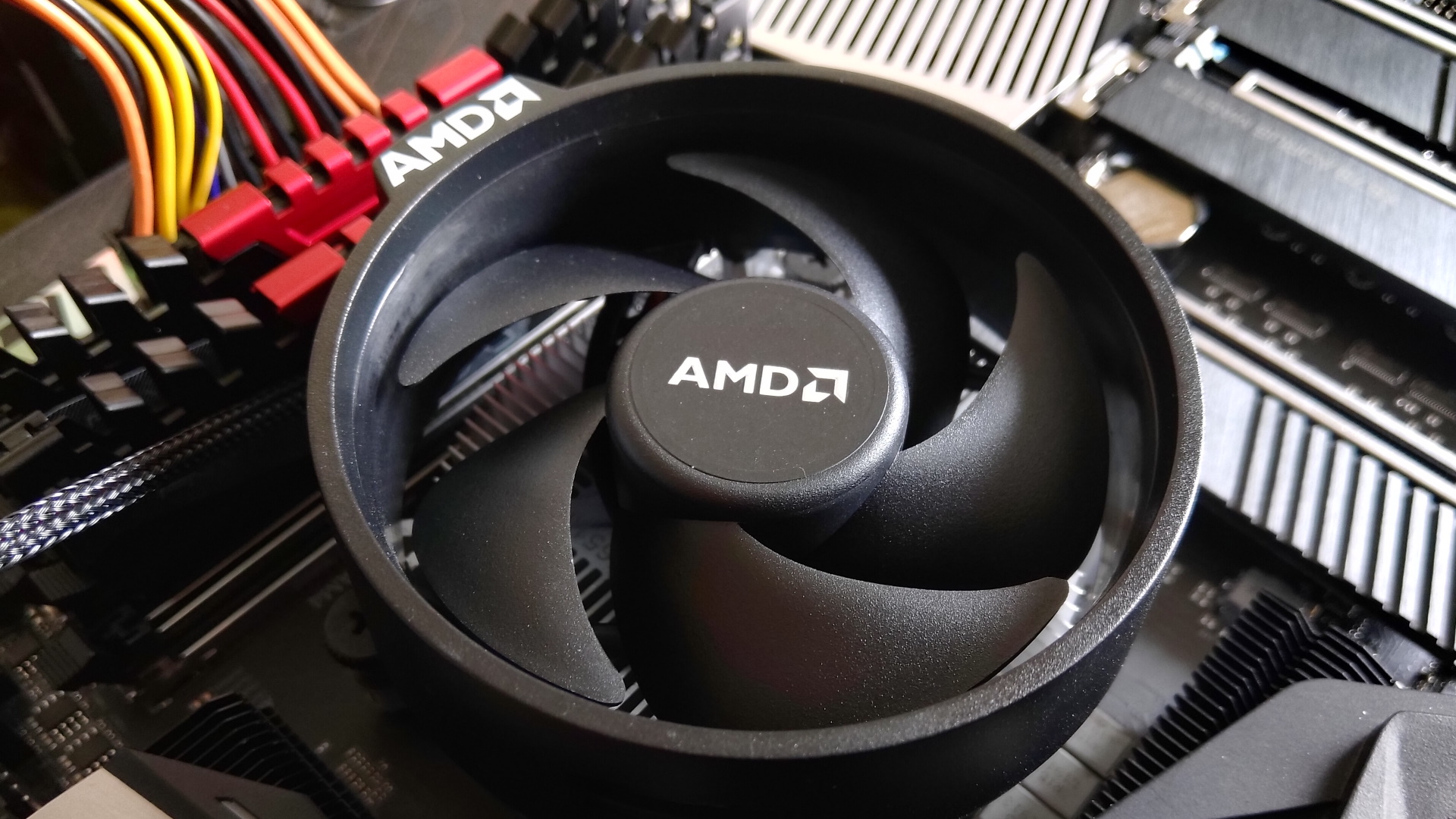
The AMD Ryzen 3 3300X wasn't an obvious overclocking chip when I reviewed it. Even Precision Boost Overdrive didn't really improve things, and while the Auto Overclocking settings produced a small increase, manual overclocking went to a black screen almost immediately, leading to my assertion that the Ryzen 3 3300X is a great chip, but it isn't set up for overclocking. At least not with the Wraith Stealth cooler it comes bundled with.
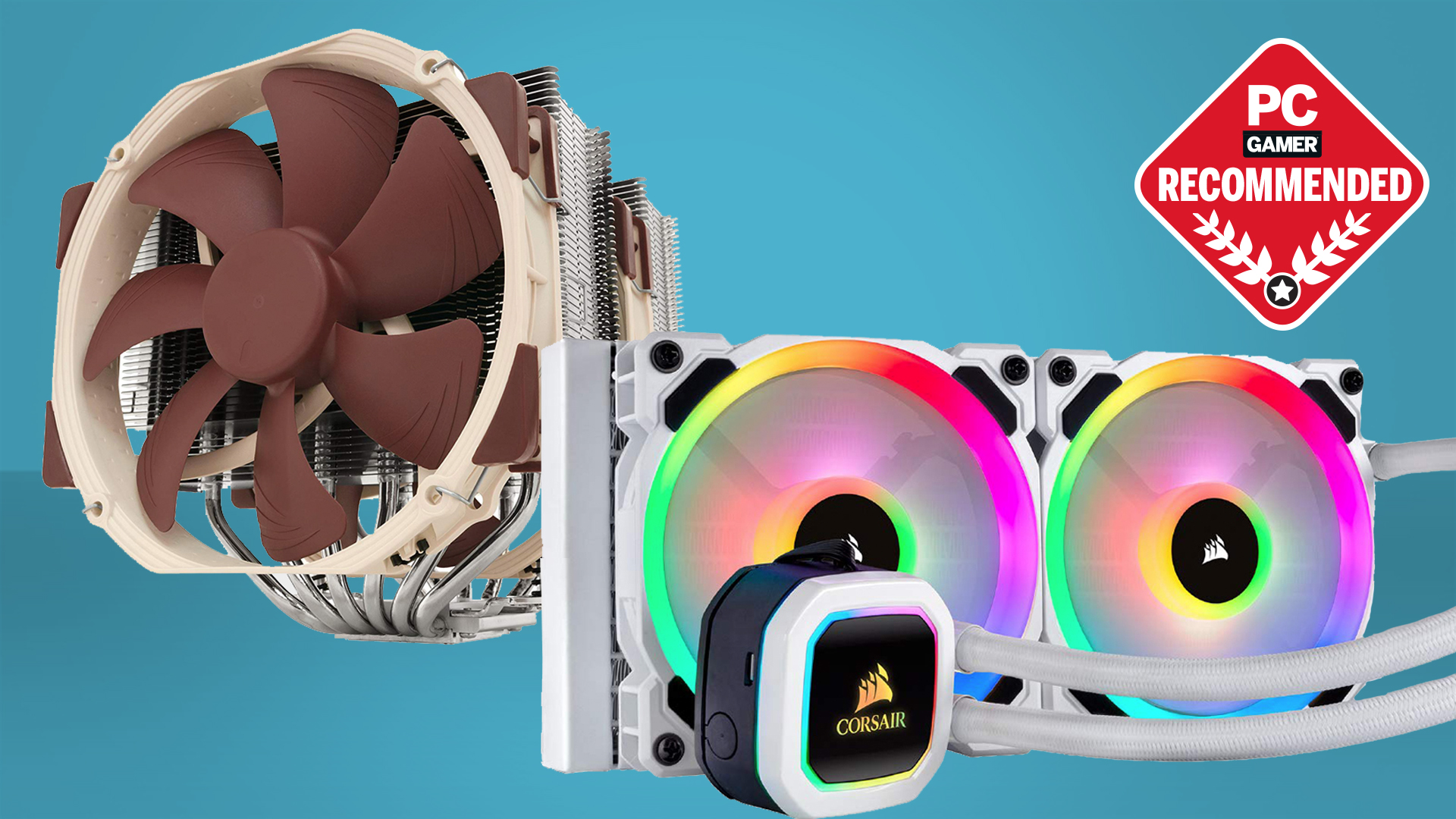
If you're determined to push your CPU harder, then you'll need one of the best CPU coolers.
This is not the case with the Ryzen 3 3100. This is a chip that overclocks well straight out of the box, with just the basic air-cooler AMD provides. But how far can you push it? How do you overclock it? And, importantly, is it worth the effort?
There's a theme rolling around the interwebs at the moment seeing how far AMD's new budget chips can be pushed, with all-in-one liquids coolers making an appearance as well as liquid nitrogen (used to push the 3100 to 5.9GHz). While interesting from a purely academic standpoint, it doesn't feel like such exercises are particularly useful if you just want to know what you can expect to hit using the cooler that actually ships with these budget CPUs and not hundreds of dollars worth of chip chilling and chemistry sets.
I wanted to see how hard I could push the Ryzen 3 3100 using the Wraith Stealth cooler that it comes with. No LN2, no all-in-one liquid cooling, no custom loops, and not even a beefy aftermarket cooler. Just the Wraith Stealth.
The Wraith Stealth is a decent cooler, although as it's designed for 65W CPUs it will ultimately going to hold back your overclocking exploits. You should still be able to hit some impressive clocks, but you're going to have to keep a close eye on the temperatures as you're overclocking.
In keeping with the general ethos of overclocking this chip on a budget, I've used budget memory as well. For the main reviews I've used speedy DDR4 3600MHz RAM, but for this test I've instead reached for a pair of 4GB DDR4 2,666MHz sticks (8GB in total), which might limit the overall performance of the Ryzen 3 3100, but faster memory can bump up the price significantly, and that's not really where this chips shines. This means that the Infinity Fabric is going to be running slower as well, at 1,333MHz, although conversely this can give you more leeway on your overclocks.
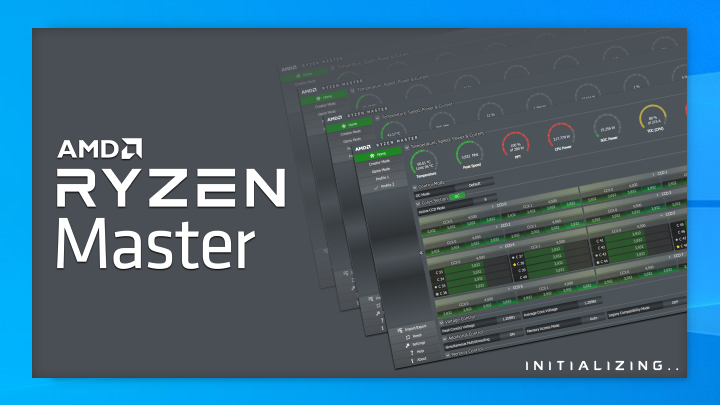
One really good piece of news when it comes to overclocking AMD's chips is that you don't have to keep jumping in and out of the BIOS to tweak the settings, everything can be done using the AMD Ryzen Master utility. Download using that link and launch it and you have everything you need to take your CPU to 11.
The biggest gaming news, reviews and hardware deals
Keep up to date with the most important stories and the best deals, as picked by the PC Gamer team.
A good place to start is to try the two built in overclocking options. The first is Precision Boost Overdrive, which takes a rather conservative approach to overclocking, but should just work on most systems and will take into account the cooling you have on offer.
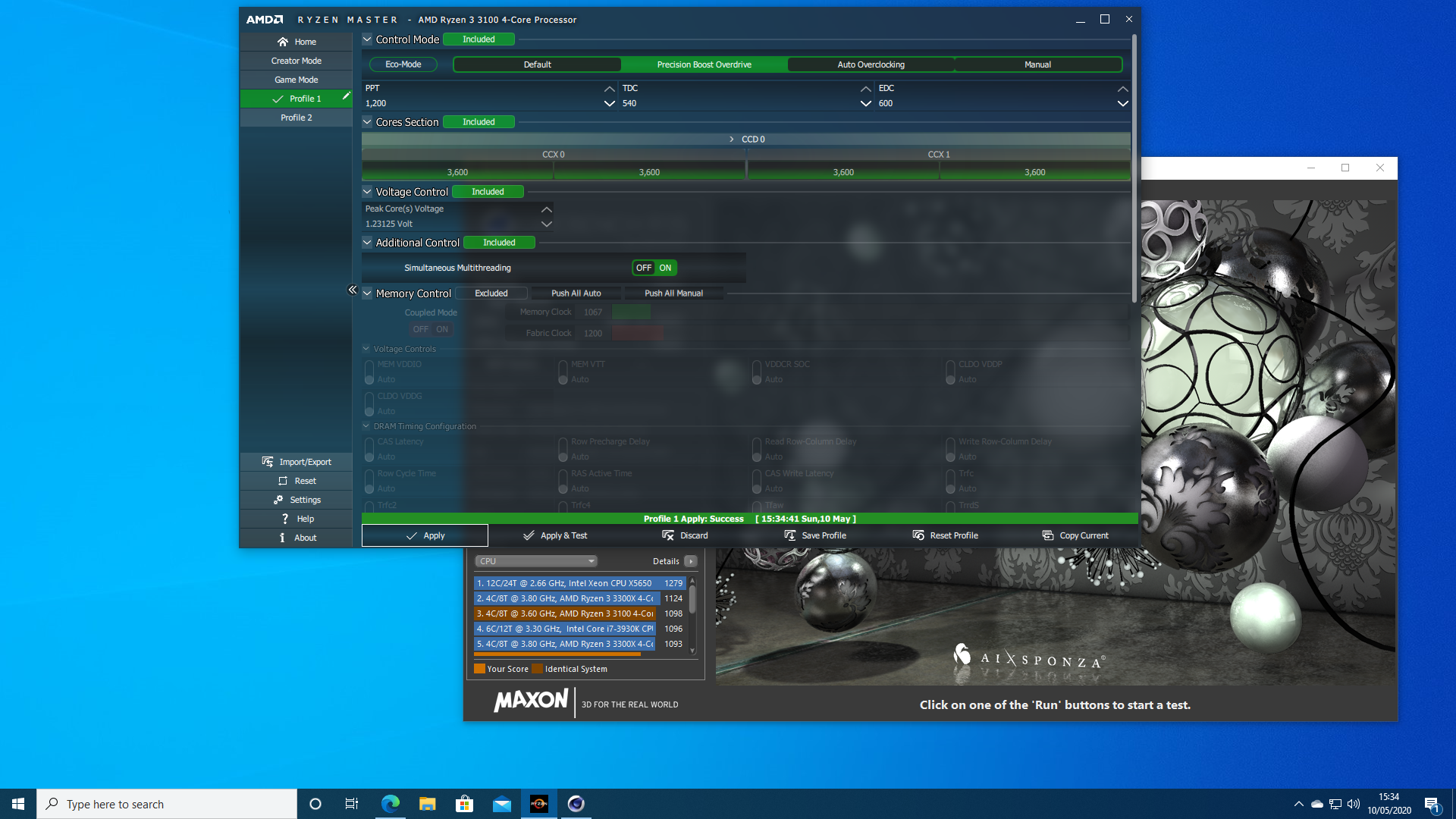
To try this out simply jump into Profile 1 on the left hand side and then select the Precision Boost Overdrive option at the top of the page before hitting Apply, which is at the bottom of the screen. You will be prompted to restart Windows, but on reboot your CPU should be subtly overclocked. It really is subtle though, and as with the 3300X, the difference made to the 3100 was minimal, if not actually worse.
A slightly more successful overclock can be had by selecting the Auto Overclocking button that's to the right of the Precision Boost Overdrive option. Once you've selected it and hit Apply you'll have to reboot again for the changes to take effect, but you should see slightly better performance.
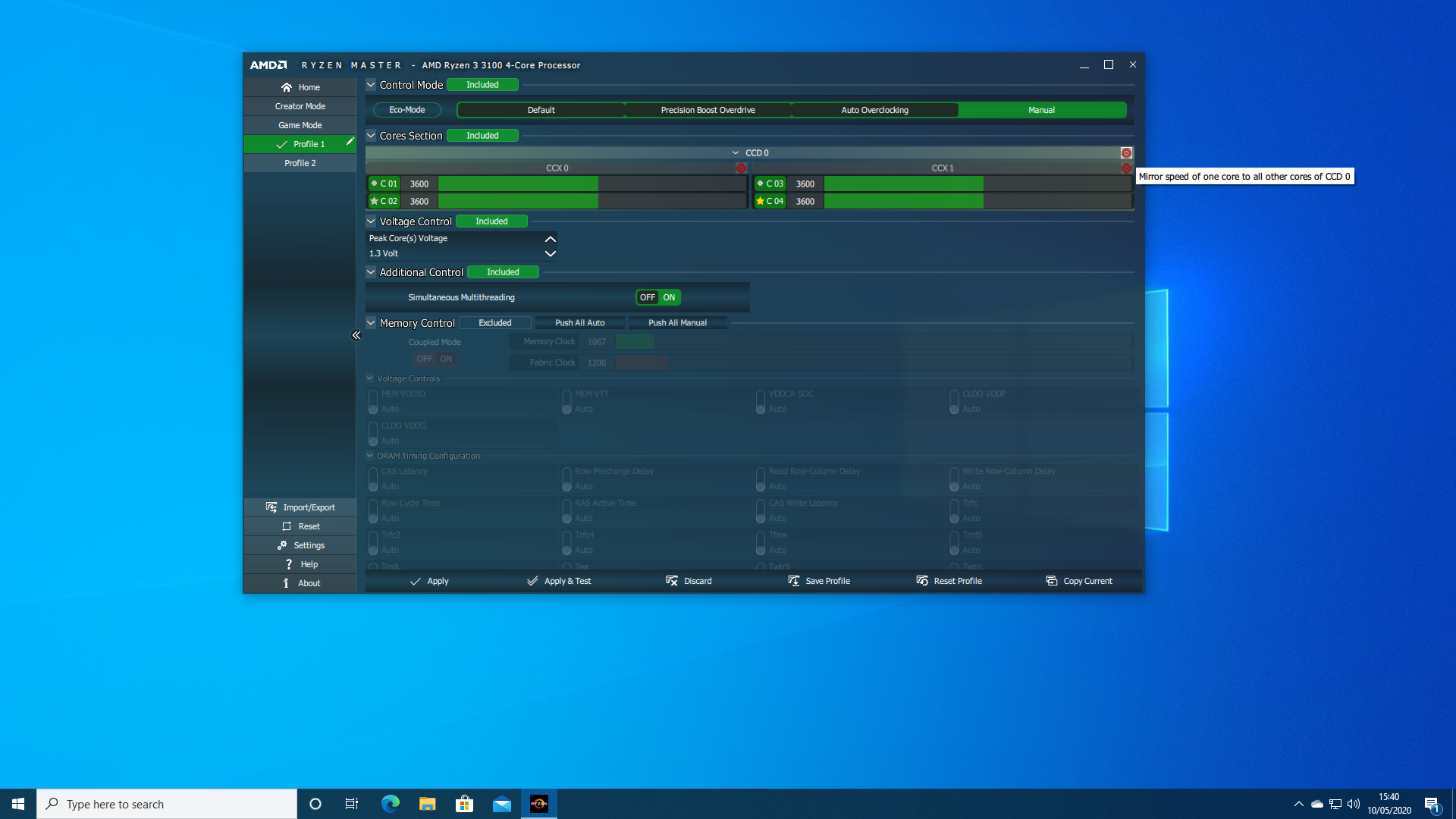
The real performance improvements are waiting for you under the Manual settings though, and this is where you can begin to size up the true capabilities of your CPU. There are a few more steps required before hitting Apply here, but not that many more.
To start with it's worth seeing if you can set all the cores to the top single core boost clock of the chip, which in the case of the Ryzen 3 3100 is 3900MHz. To do this, set the overclocking mode to Manual in Profile 1, expand the CCD 0 so that you can see the individual cores and then set the frequency of these cores to 3900.
You can set each core to different speeds, although in practice you're better off setting them all the same, to make this easier click the red target icon in the upper right corner of the block to mirror the speed of one core to all the other cores.
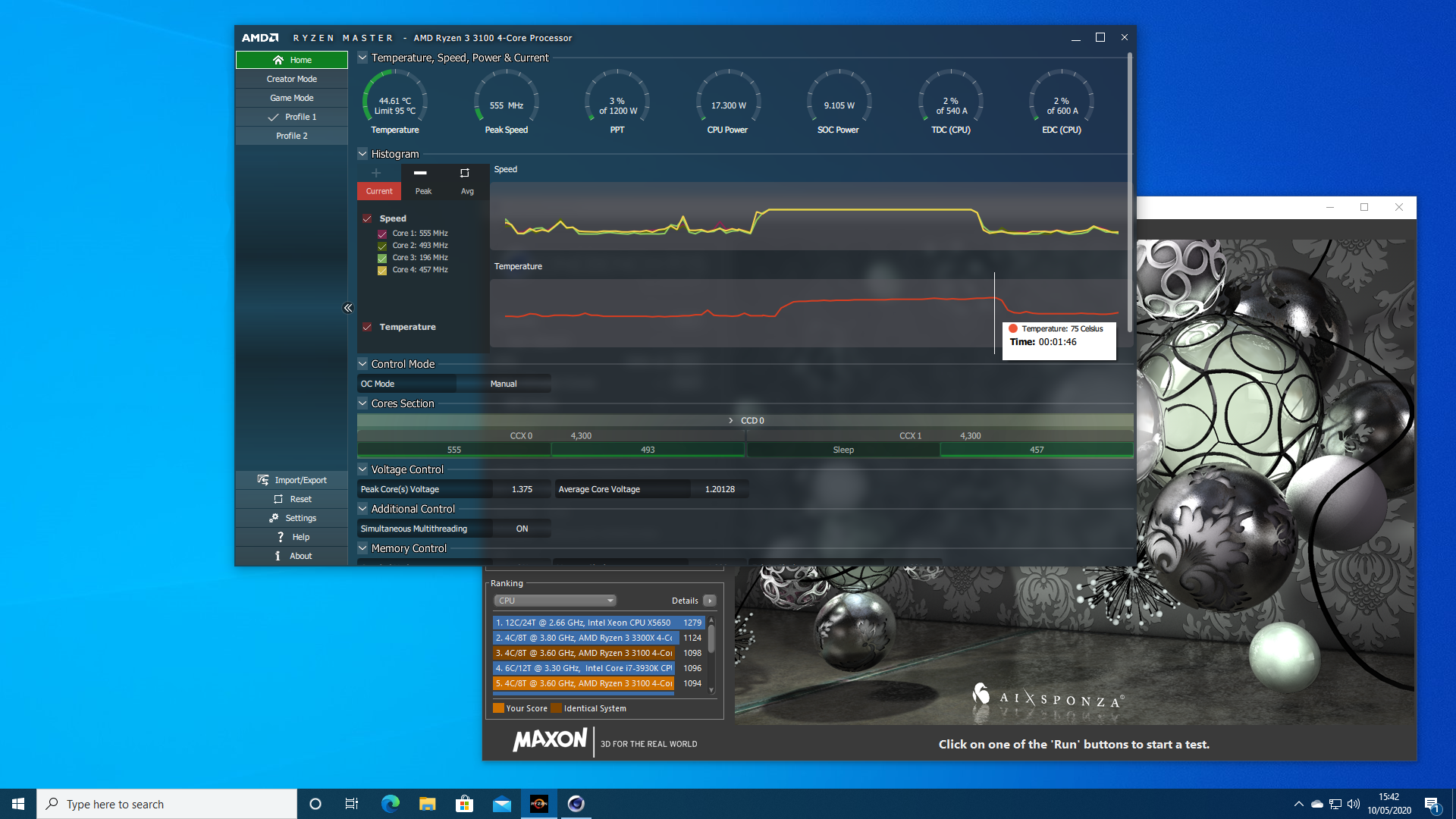
You'll then want to increase the voltage to improve stability. Voltage is a vital but tricky friend when it comes to overclocking. Increasing the voltage will allow you to hit higher frequencies, but at the same time it'll produce more heat, which is your nemesis here. To this end you'll want to keep your voltage increases as low as possible. That said, to get you started you can increase this to 1.3V here.
Apply your changes and reboot (if prompted) and then hit your benchmark of choice.
I've focused on Cinebench R15 here for a number of reasons: it shows you the system is working as it runs, it's a bit more interesting than just throwing out a number, the scores are well known for a wide variety of CPUs, it's fairly quick with a quad-core, 8-thread CPU like this, and it easy to display the core temperature and clock speeds alongside it as it runs—it's worth clicking back on the Home tab in Ryzen Master so you can see these things as it runs through its render tests.
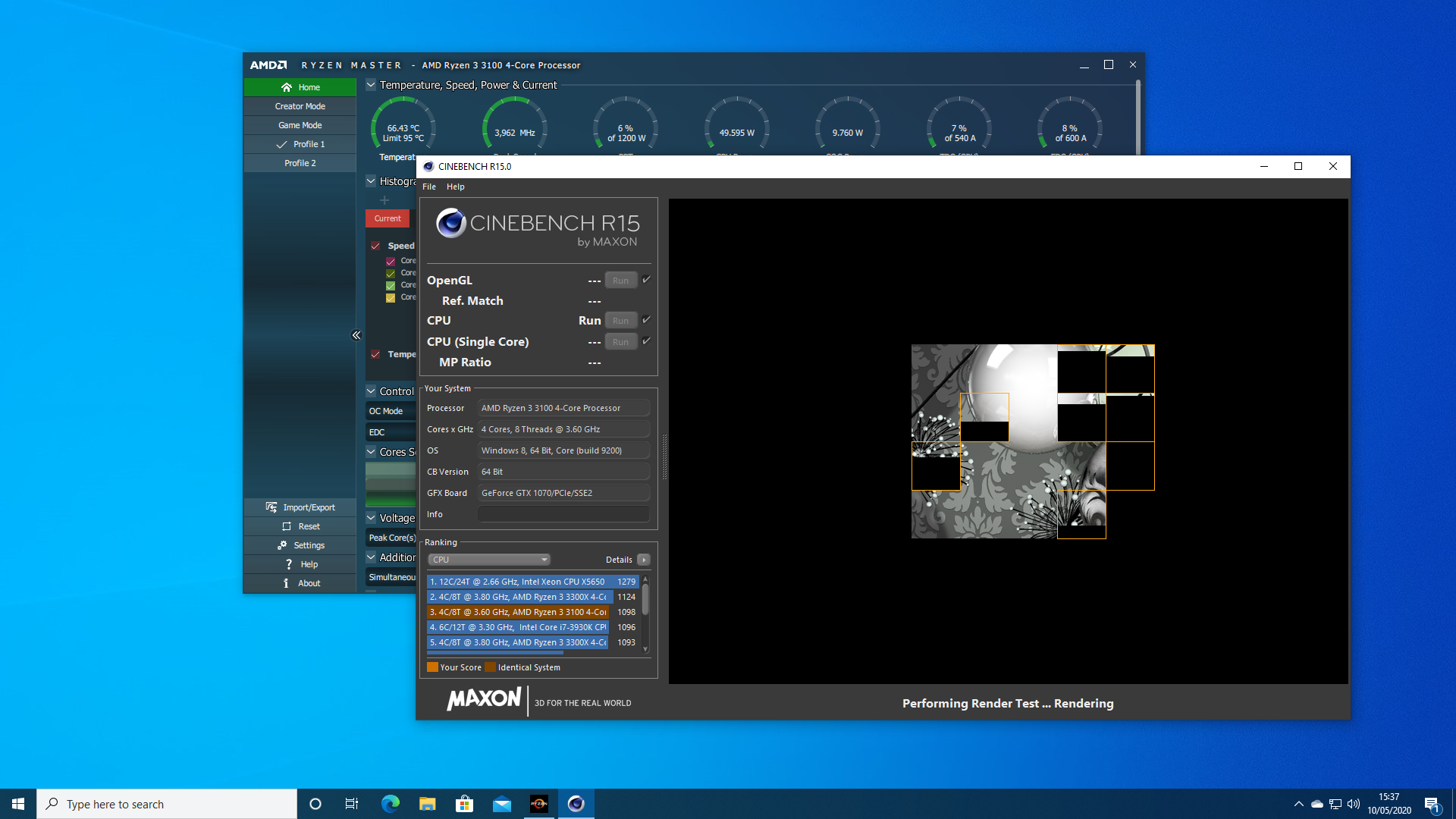
Assuming your CPU remains stable at 3900, you can then start increasing the clocks (and voltage) to get ever higher overclocks. I set myself the goal of trying to hit the same score in Cinebench R15 as the Ryzen 3 3300X, and after a couple of hours of tweaking, I managed to get there with a clock speed of 4300MHz on a 1.375V clock. Producing a score of 1098, which is slightly more than the stock performance of the 3300X, which managed 1093.
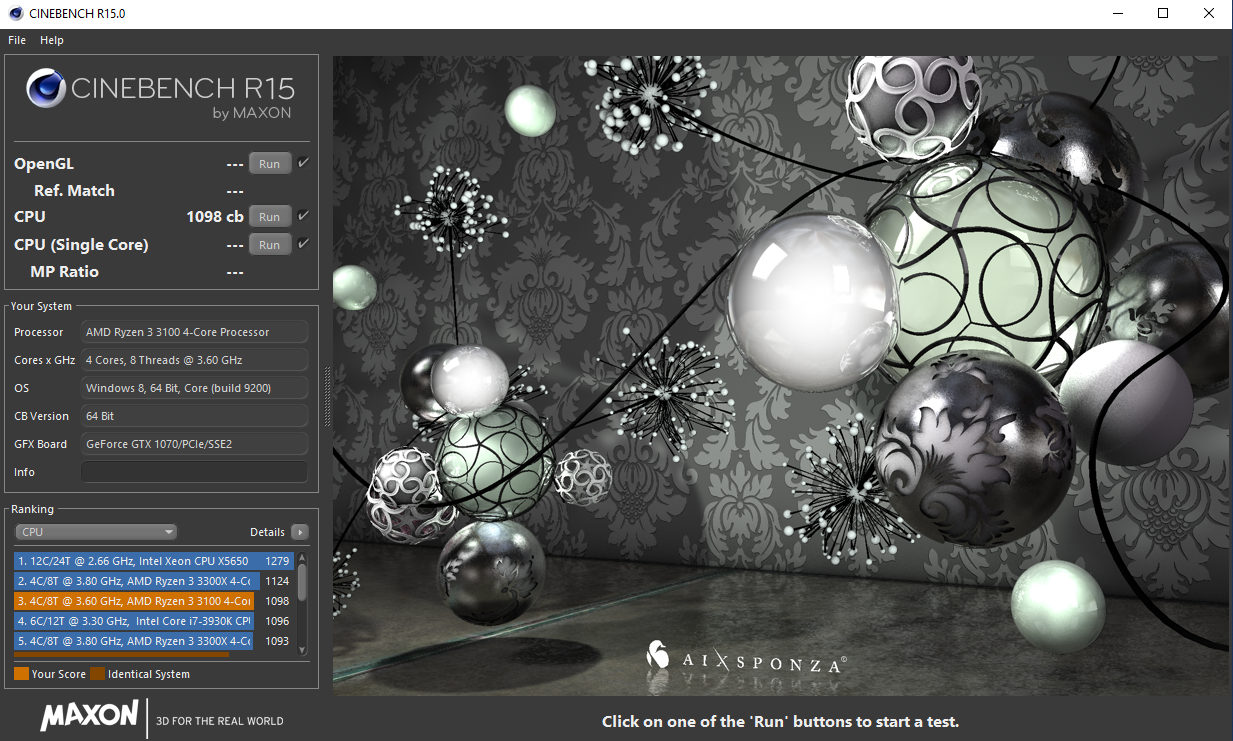
This did see the temperatures of 86C though, which is basically too hot, and running the CPU at this speed for extended periods of time will crash Windows. This is the reason I wouldn't actually run the Ryzen 3 3100 at 4.3GHz for long periods, although dropping down to 4.2GHz produced a decent improvement still, and with a slightly lower voltage of 1.325V the temperature peaked at a more reasonable 78C.
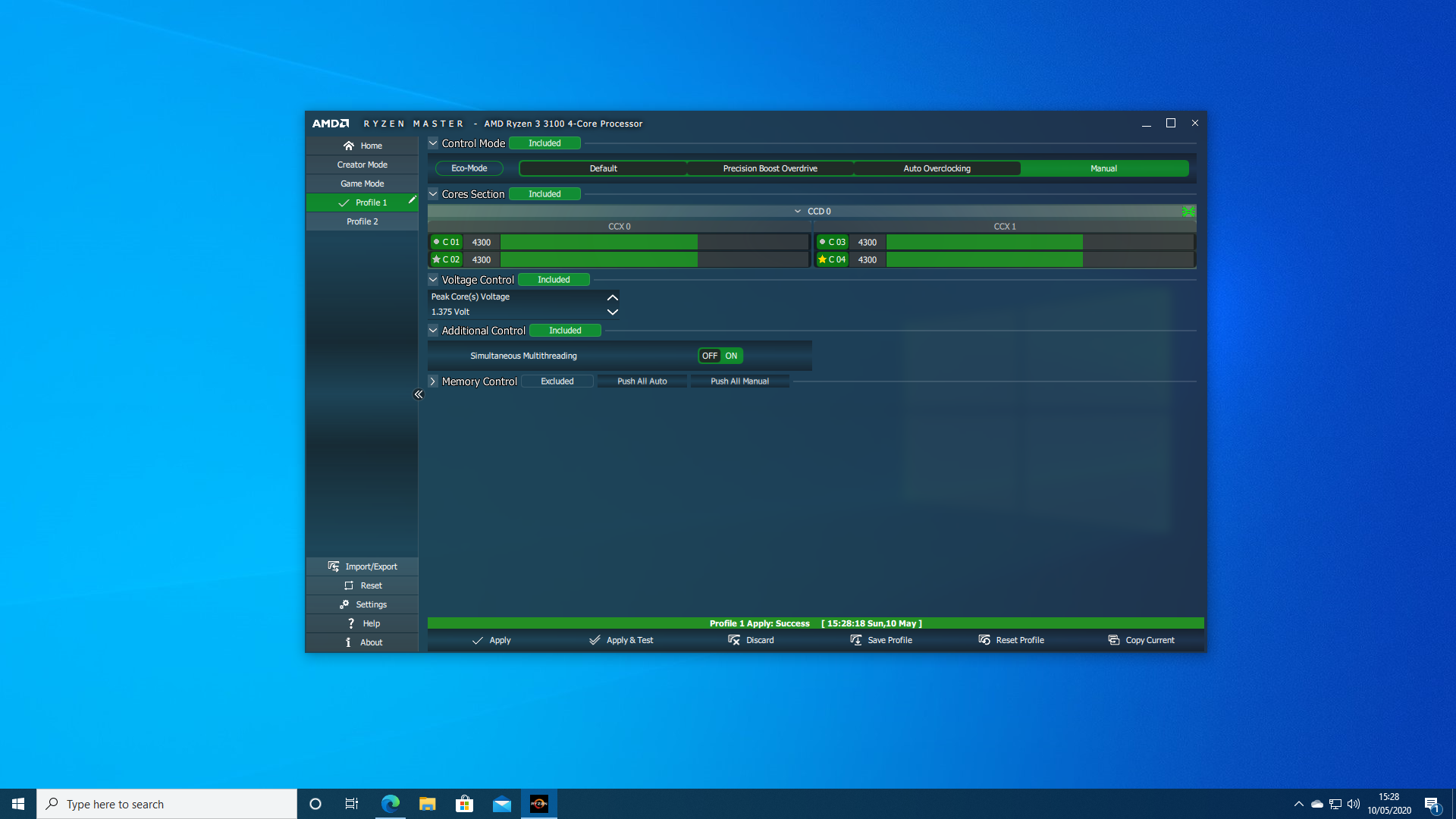
It's worth noting that the parity between the overclocked 3100 and the 3300X doesn't extend to other areas, and in gaming in particular, the 3300X still has the lead against even the 4.3GHz 3100. This is mainly due to the different ways the chips are laid out—the 3100 has a 2+2 internal core configuration, while the 3300X has a more efficient 4+0—although dropping to slower memory is also a factor in some instances.
Still, if you're looking to get the most from the 3100, and don't want to spend more than you need to, then overclocking on the stock cooler is not only possible, but eminently doable and quite fun. These new budget chips from AMD just get better and better.
Alan has been writing about PC tech since before 3D graphics cards existed, and still vividly recalls having to fight with MS-DOS just to get games to load. He fondly remembers the killer combo of a Matrox Millenium and 3dfx Voodoo, and seeing Lara Croft in 3D for the first time. He's very glad hardware has advanced as much as it has though, and is particularly happy when putting the latest M.2 NVMe SSDs, AMD processors, and laptops through their paces. He has a long-lasting Magic: The Gathering obsession but limits this to MTG Arena these days.


